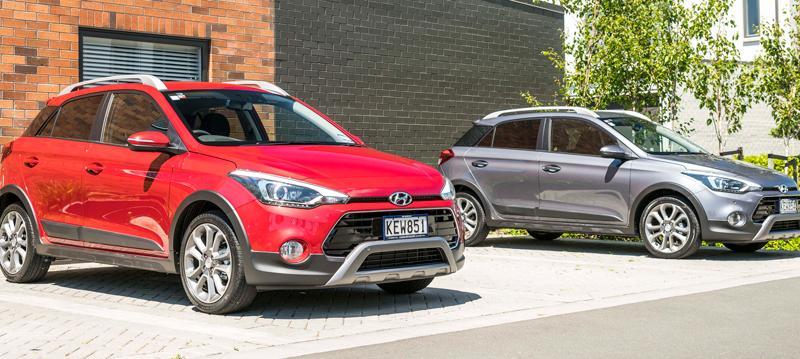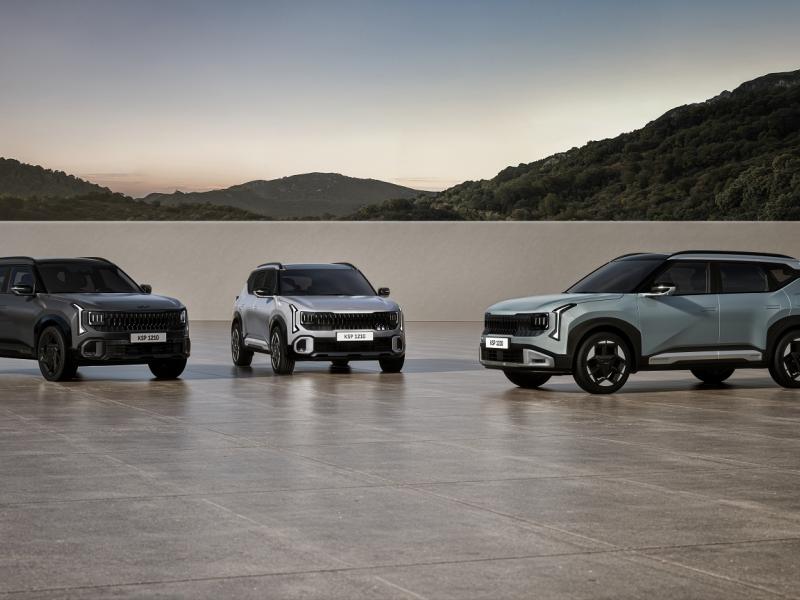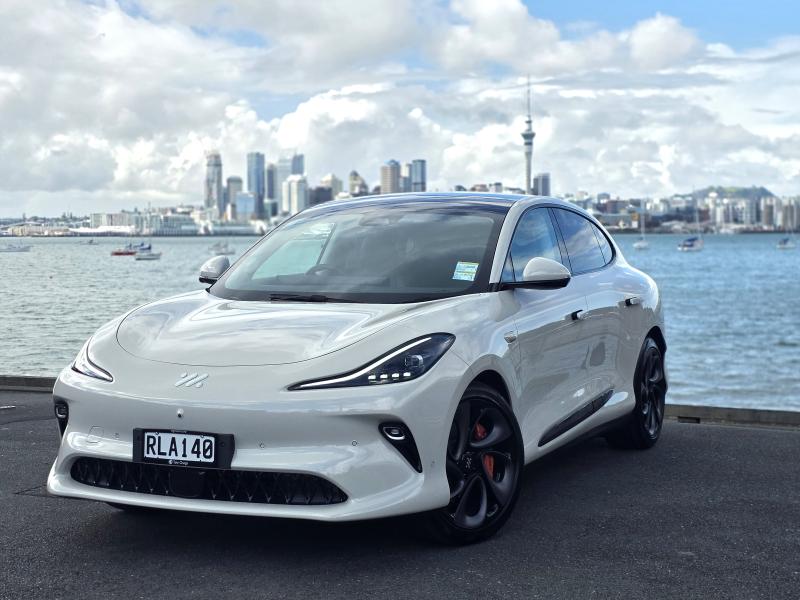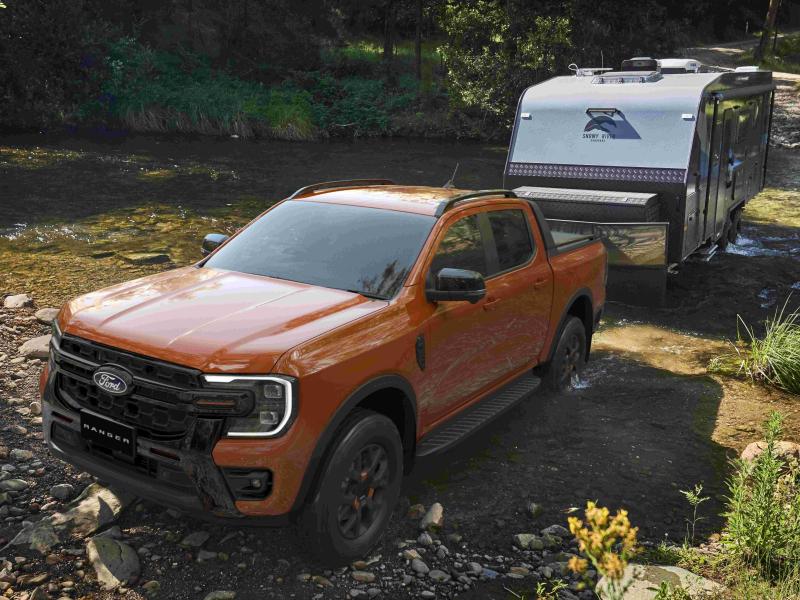Hyundai has introduced a new i120 hatchback, as well as a new compact SUV version, the i20 Cross, reports John Oxley.
The newly-styled Hyundai i20 has stiffer and stronger bodywork, improving both safety and handling, while the Cross features styling and practical add-ons as well as a 20mm ride height lift and its own design of 17 inch alloy wheels, fitted with Pirelli tyres. The hatch has 16 inch alloys.
Aimed principally at the fleet market, the i20 hatch shares its 1.4-litre 74kW/134Nm engine with the Cross, as well as the standard four-speed automatic gearbox. The engine meets Euro6 emissions standards, and both cars use 6.7L/100km on average (157g/km CO2).
Hyundai New Zealand general manager Andy Sinclair says i20 Cross is set to expand the company’s appeal in the small family wagon sector. Both i20 and i20 Cross are built in Hyundai’s Turkish factory, with the Cross version an opportunity, he says, to talk to new customers and to grow the Hyundai family.
“We are growing our family wagon offering and at the same time engaging a new group of potential customers. We can see the i20 Cross appealing to first-time Hyundai owners as much as those who are fourth or fifth-time owners,” he says.
Trim additions on the Cross include stylised front and rear bash guards, as do standard roof rails.
At the front there are halogen projector headlamps and LED daytime running lights, wide upper and lower radiator apertures, and a black-finished lower bumper half. Down each side the i20 features tough wheel-arch mouldings, and durable side sills.
Further differentiation between the hatch and the Cross comes in the shape of the front and rear fog lights, which are round on the Cross, trapezoidal on the hatch. Another one for the “train spotters” is that the grille slats on the hatch are checked, and horizontal on the Cross. There’s also a larger rear spoiler.
One of the features of the new models is their use of high strength steel, now up to 40 percent for increased torsional rigidity. The electric steering is also improved, giving crisp and positive control, while the rear suspension has been redesigned for better ride and handling.
Safety features which contribute to its four-star safety rating include a full complement of six airbags – drive and passenger dash, front seat side airbags and curtain airbags to protect both front and rear passengers. The reversing camera deploys automatically and displays within the rear view mirror. Active safety features also include the full suite of electronic stability control, traction control and vehicle stability control. There are also rain sensing wipers and dusk-sensing lights.
Standard on both models are lane departure warning, tyre pressure monitoring, cruise control plus speed limiter, parking assistance, hill start assistance and parking assistance. There’s a radio/CD with six speakers and steering wheel controls.
Excellent under-body airflow control has resulted in a superb co-efficient of drag of just 0.30, which is excellent for a small hatchback.
At the launch, just before Christmas, only Cross versions were available, and we were able to take these on a short drive (with a full road test to follow soon).
The first impressions were of a very well-built car, with crisp steering and handling. The interior features semi-soft surfaces, and the dashboard and controls are well laid out.
On-road performance is much as expected in this engine size segment, although at times the shortage of cogs in the gearbox, resulting in a broader-spread of gear ratios, could be felt.
On the whole, though, a welcome addition to the segment. It’s interesting to note that Hyundai is offering a special launch discount of $2,000 on both models – available “as long as its lasts”.
Prices
i20 1.4 auto $26,990
i20 1.4 Cross $29,990






